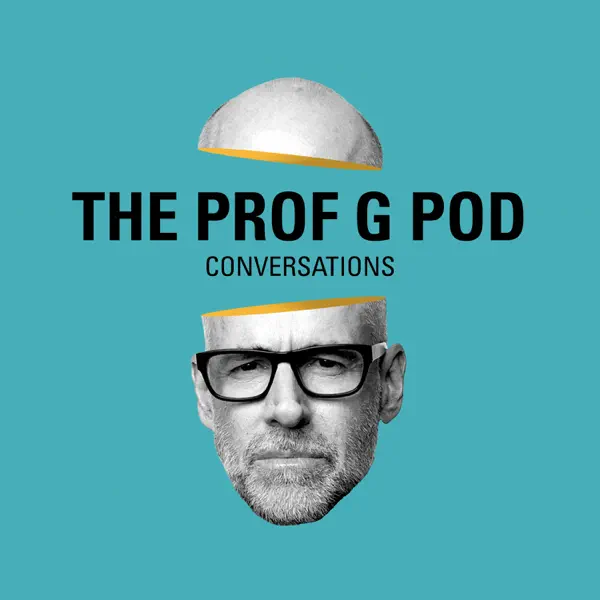For this month’s spotlight on lesser-known but worthwhile streaming services, we turn our attention to a name that will mean much to a certain type of Gen-Xer: Night Flight Plus. For those too young to remember (or too old to care), “Night Flight” was a late-night mainstay on the USA cable network from its debut in 1981 through its conclusion in 1988, airing for four to six hours over weekend nights. It was primarily a home for music videos, especially in its early years when the still-nascent MTV had not yet cornered that market. “Night Flight” aired a wider variety of acts, and originated many of the eventual staples of MTV’s programming — video countdowns, artist profiles and the like.
But the show was never just a video magazine, and when MTV became a brand unto itself, “Night Flight” proudly proclaimed itself to be “more than just music television.” In fact, it was more like a digital variety show, intermingling music video packages with an assortment of alternative programming: cult and camp movies, aired in their entirety; short films by up-and-coming experimental filmmakers; offbeat cartoons, both new and vintage; segments spotlighting hot new stand-up comedians and sketch artists; and oddball throwback TV episodes. Every episode of “Night Flight” is a wild, unpredictable ride, where the only criterion for inclusion is coolness.
Night Flight Plus airs a curated selection of those original episodes, and if that were all it offered, it would still be well worth the $5.99 per month. But Night Flight Plus has extended the anything-goes spirit and mission of the original show, offering up not only those episodes but also the wild, fringe programming that filled its margins; those shows and films are now available at the push of your button, rather than a network’s.
So you can choose from a wide array of music documentaries and concert performances, soft-core romps and retro horror favorites, exploitation pictures and forgotten television. There are sidebars of films from the fringe auteurs like Dario Argento, Lucio Fulci, Andy Milligan and Penelope Spheeris. And several boutique home media labels, including Arrow Video, Blue Underground, Grindhouse Releasing, Something Weird and Vinegar Syndrome, have made their most popular titles available for subscribers.
Again, this is all six bucks a month, which makes Night Flight Plus the best overall value among the subscription streamers — at least, for a certain kind of pop-culture obsessed weirdo. (You know who you are). Here are a few recommendations:
Night Flight: Full Episode (7/14/84): If you’re an ’80s survivor looking for a full-scale nostalgia overdose, then go directly to the selection of “‘As Aired’ Episodes With Commercials,” which are, as promised, full and original two- and three-hour shows that even include vintage commercial spots (and their distinctive, earworm jingles). All are delightful, but this one is my favorite, and a quintessential example of the show’s everything-but-the-kitchen-sink approach. It features a robust assortment of delightfully of-their-moment music videos, including “Magic” by the Cars, “Breakin’ … There’s No Stopping Us” by Ollie & Jerry and “Lucky Star” by Madonna (“one of today’s hottest rising stars”); an episode of the show-within-the-show “Radio 1990,” spotlighting David Lee Roth and Van Halen; a featurette on that summer’s goofy jungle adventure film “Sheena”; and an installment of the 1950s sci-fi adventure series “Tom Corbett, Space Cadet.” Throw in those ads, which include both of Michael Jackson’s ’84 Pepsi spots, and it’s like stepping into a time machine.
TV Party: “The Sublimely Intolerable Show”: If your tastes veer into even more eclectic realms, Night Flight Plus features a handful of vintage public access TV shows — chief among them “Glenn O’Brien’s TV Party,” a deliciously low-fi, shot-on-tape snapshot of the downtown New York art and punk scene in the late 1970s and early 1980s. The show was hosted by the writer and scene chronicler O’Brien and the Blondie co-founder Chris Stein, and was directed by the “No Wave” filmmaker Amos Poe. The hip-hop godfather Fab 5 Freddy was a frequent guest and occasional cameraman, and other guests included Jean-Michel Basquiat, David Byrne and Deborah Harry. You can watch the excellent 2005 documentary on the show — or you can leap right in with this typical episode, in which the energetic music and hip-as-hell cocktail party vibe aren’t even disrupted by the relentless technical difficulties.
“Identikit”: Severin Films is among the distributors with collections on the service, and the highlight may well be this 1974 Elizabeth Taylor vehicle (originally released in the United States as “The Driver’s Seat”). The director and co-writer is Giuseppe Patroni Griffi, and much of the film’s fascination comes from the incongruity of one of America’s biggest stars appearing in such an aggressively alienating example of a ’70s Italian psychological drama. There’s a feverish intensity to the entire enterprise, including the jagged narrative construction, the deranged supporting players, the inexplicable Andy Warhol cameo and (especially) Taylor’s performance, which starts at a 10 and only goes up.
“Funeral Parade of Roses”: Toshio Matsumoto’s 1969 Japanese drama, part of the “Cult Favorites” collection, is both wildly ahead of its time and unapologetically old-fashioned, deftly intermingling L.G.B.T.Q. representation and Douglas Sirk-style melodrama. It concerns transgender women (and the men who love them), via both episodic vignettes and direct-to-camera interviews. Matsumoto uses Godardian editing and on-screen text, stark visuals, self-referential touches and frank sexuality to tell their stories. Veering from broadly comic to deeply disturbing to quietly poignant, the drama is as resonant now as ever.
“Heavy Metal Parking Lot”: As with the original show, Night Flight Plus loves to boost short films, and this 1986 favorite is a lovely intersection of their primary interests (music, cult flicks and ’80s nostalgia). The directors John Heyn and Jeff Krulik went to a Judas Priest concert in suburban Maryland to interview fans tailgating in the parking lot, and in just under 17 minutes, they manage to capture both the goofiness of the hair metal scene and the genuine sense of belonging it gave to the outsiders on the stage and in the crowd.
















